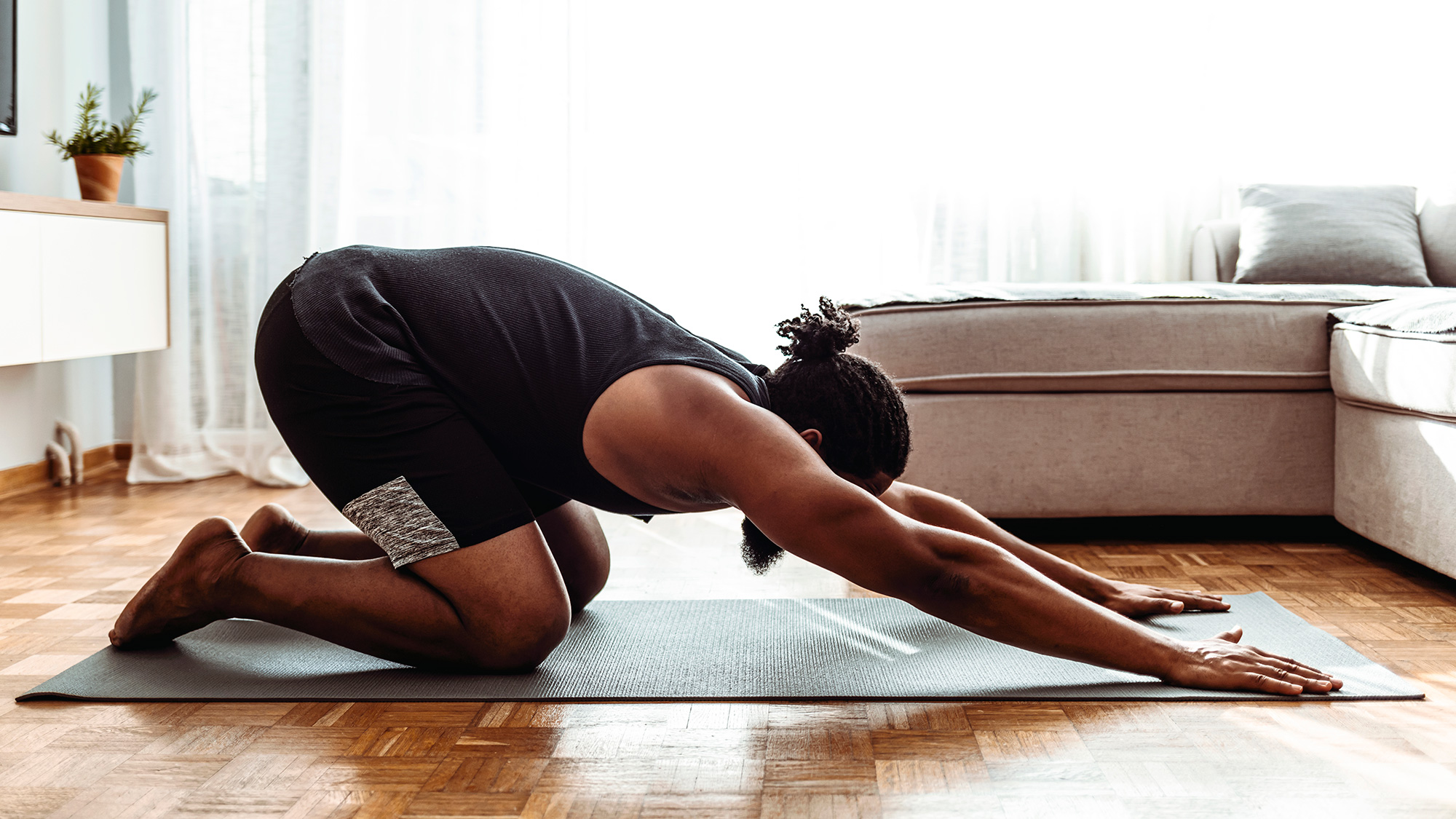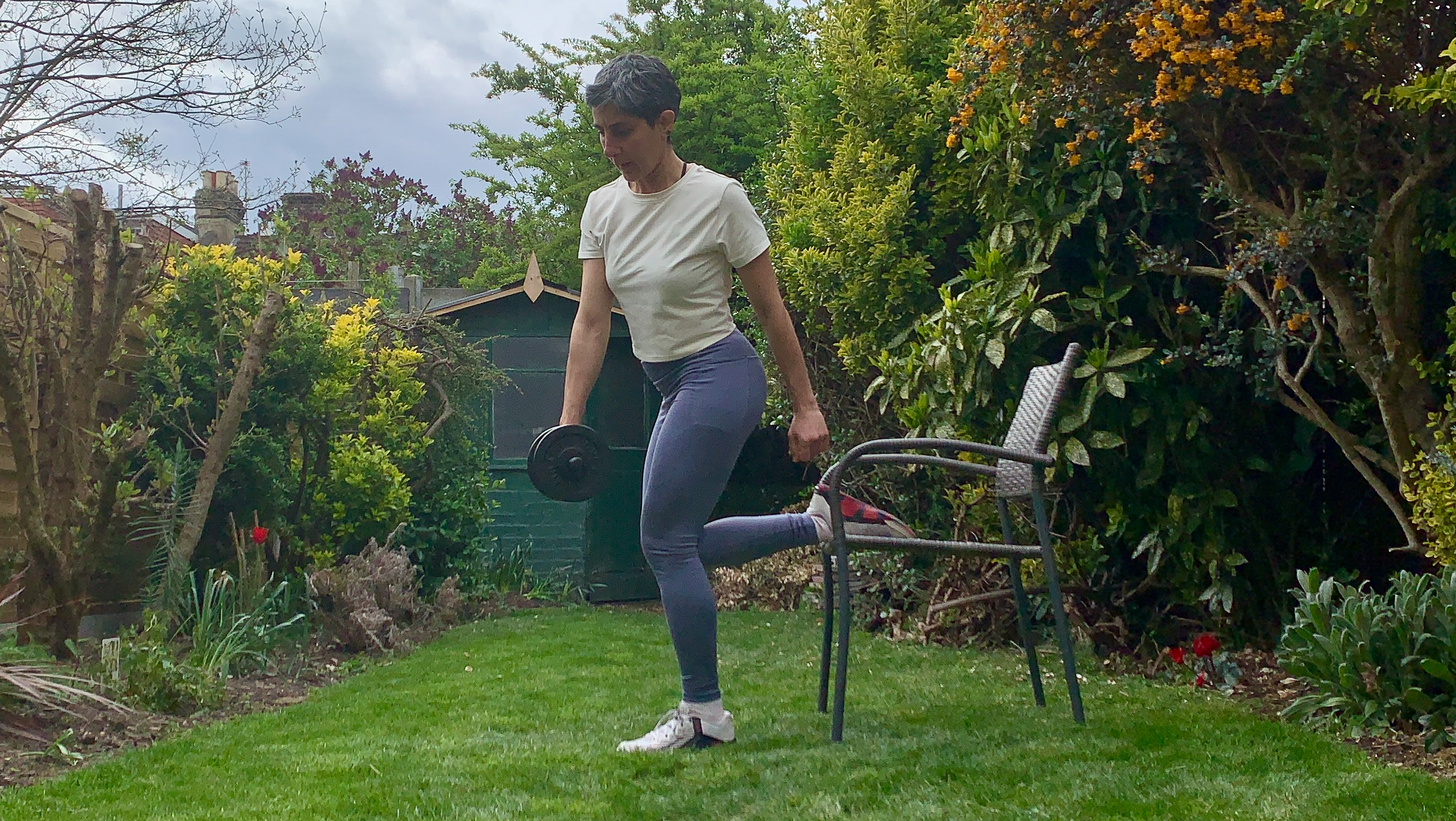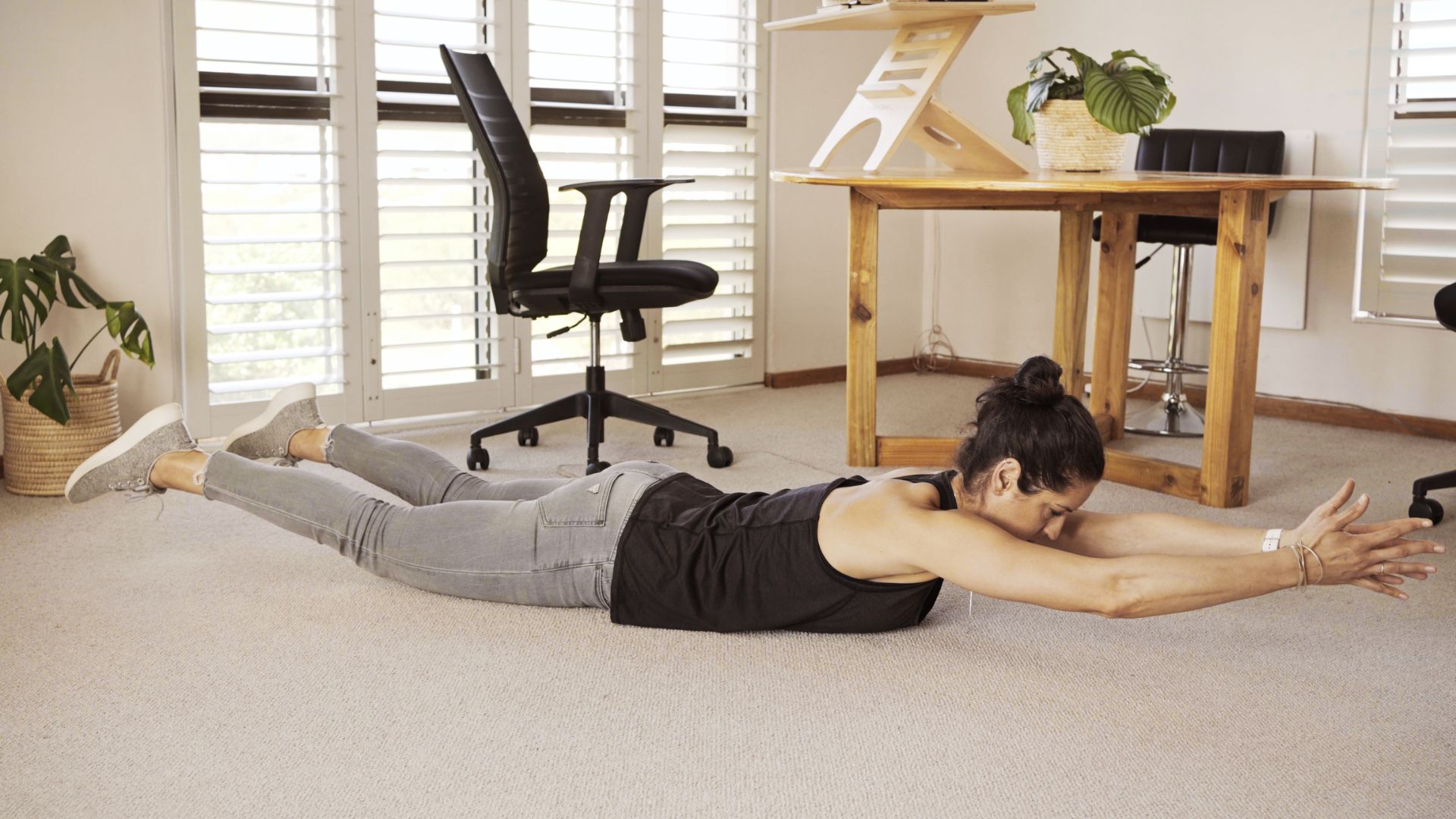What is cross training - and why should we do more of it?
Unfamiliar with the concept of cross training? Our experts explain how it can benefit your fitness


It's a term you'll hear a lot in the fitness world - but what is cross training exactly? We're here to explain all, with the help of some cross training experts.
Cross training is simply the practice of including a variety of exercise types and activities in your workout regime.
For example, you may be a runner who also regularly practices yoga to maintain mobility and does strength training sessions to build a strong core - that is cross training.
The benefits of lacing up your best cross training shoes and mixing up your workouts - rather than sticking to just one form of exercise - are multiple. They include working a wider range of muscles, building full-body strength and mobility (key in avoiding injuries) and improved all-round fitness levels.
One thing cross training should not be confused with is CrossFit - although people often do. CrossFit is a branded form of high intensity interval training that specifically focuses on function strength and conditioning. However, CrossFit could of course feature as one element of a cross training program.
Below we explore the concept of cross training in more detail, with expert advice from personal trainers to help take your fitness regime to the next level.
What makes a good cross training workout?
Cross training doesn't have to mean taking up multiple sports or doing 100 different gym classes every month to complement your running or swimming; it can simply mean doing more strength work at the gym or isometric movements.
Get the Fit&Well Newsletter
Start your week with achievable workout ideas, health tips and wellbeing advice in your inbox.
There's no one or 'right' way to approach cross training. The key is to find a blend of activities that broadens your exercise approach.
Pentathlete and 361 ambassador Suzie Cave explains: "It’s really a way to give you that all-round approach. Whether you're training across different sporting disciplines or in the gym, it can allow you to increase your power, speed, endurance or agility."
She gives an example from her own training program, saying: "Strength and stability in the gym is key for me, especially as cardio is well covered when I’m running or swimming. I will make sure to focus on 2-3 sessions a week, including exercises such as isometric holds and plyometrics."
Meanwhile Ruth Smith, chartered physiotherapist at Complete Pilates, advocates for adding Pilates to your cross training regime.
"We often see people who do a lot of weight training or sports but need an alternative training method in their regular routine," she says.
She adds that Pilates is a great compliment to any type of exercise, including running, swimming or even weight training.
"The benefit of this is that it gives an opportunity for active recovery. The body gets the opportunity to recover from the repetitive strain of your regular activity (e.g. running or weight lifting) whilst still maintaining mobility, muscle activation and function."

Benefits of cross training
One of the key benefits of cross training is that it involves working different groups of muscles - which in turn gives your fitness more depth.
Sarah Scudamore, a personal trainer and founder of the Mumology Movement, explains: "It improves your fitness levels by challenging your energy systems differently – you could cross train across the week, or in a single session. Your endurance, strength and speed are challenged.
"This can get muscles working differently, involves more of the core and stability muscles and can keep you from getting bored with your routine."
Cross training is also great because it effectively keeps your body on its toes. "It’s like the first time you do a new exercise; you get that muscle soreness the next day, but then after a few sessions, your body gets used to it," says Scudamore. "When you throw in cross training, it challenges your body differently."
She adds: "You’ll also likely get injured less as your body can cope with different demands, while it’s great for your mind as it challenges you but takes you out of autopilot."
On that note, running coach Rachel Bruford agrees that another major benefit of cross training is that it reduces the risk of injury - especially for those who typically do high-impact activities.
"Cross training such as swimming and cycling is low impact whereas running is high impact, meaning there is a greater chance of injury," she shares.
"Injury-prone or injured runners will benefit from cross training, which has similar benefits in terms of cardiovascular fitness, but with a reduced risk of getting injured or aggravating an existing injury."
Cross training in the gym
Scudamore has shared her most effective cross training workouts with us - starting with a gym-based session utilizing key equipment.
She says a good cross training gym workout would start on the floor with pelvic/hip, shoulder and spine mobility. "You could then move to the resistance and weights area and run through the below exercises with a 15 second recovery between each."
- Leg press – 45 secs
- Dumbbell squat to shoulder press – 45 secs
- Bench press – 45 secs
- Bend and extend kettlebell – 45 secs
- Plyometric box jumps – 45 secs
- Cable reverse flyes – 45 secs
- Lunge to lift (dumbbells or sand bag) – 45 secs
- Mountain climbers – 45 secs
Cross training at home
Plyometric exercises (dynamic 'jumping' exercises such as squat jumps) can also help you build strength in your muscles, helping you perform better in your chosen sport. or main activity. Helpfully, these can be done when working out at home without the need for any equipment.
Scudamore says to start with mobility work, getting the hips, shoulders and spine moving, before completing 2-3 rounds of the below workout with 45 seconds work and 15 seconds rest.
- Squat jumps
- Shoulder front raise to shoulder press
- Lunge jump switches
- Press up (full or elevated)
- Courtesy lunges
- Hip extension (shoulders on sofa, feet on ground)
- Plank to down dog
- Single leg bridges
If you're unsure of how to perform some of these moves, you've find expert advice in our guides on how to do squats, how to do lunges, how to do push ups and how to do a plank.
Sarah is a freelance journalist who writes about fitness and wellbeing for the BBC, Woman&Home and Tech Radar. During lockdown she found her love of running outside again and now attempts to run around 50 miles a month. When it comes to other fitness, she loves a sweaty cardio session – although since she’s been working out from home she’s sure her downstairs neighbors aren’t too happy about it. She also loves to challenge herself - and has signed up to do hiking holidays, intense bootcamps and last year she went on her dream activity holiday: paddle boarding around deserted islands in Croatia. On her rest days, she loves to recover with a simple yoga flow session – the perfect antidote to her active fitness schedule.
-
 I swapped my usual core routine for this dumbbell workout—here’s why you should try it too
I swapped my usual core routine for this dumbbell workout—here’s why you should try it tooPick up some dumbbells and try my favorite deep core exercises
By Yanar Alkayat
-
 You don't need any equipment to improve your posture—just these three back-strengthening moves
You don't need any equipment to improve your posture—just these three back-strengthening movesThese three exercises will strengthen key back muscles
By Jennifer Rizzuto